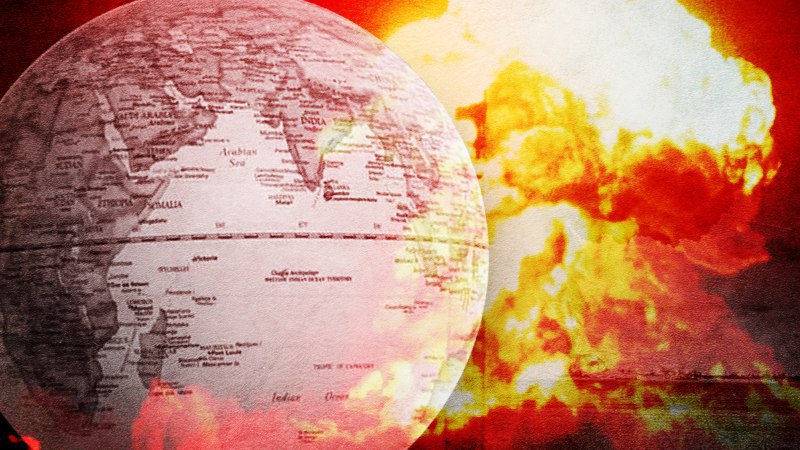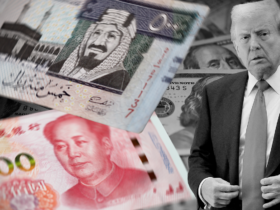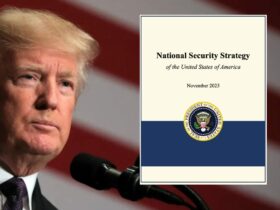The NPT (Nuclear Non-Proliferation Treaty) is one of the most famous and “successful” treaties. It emerged from negotiations between the Soviet Union and the United States in 1967. It was adopted in 1968 within the framework of the United Nations. It was supported by 95 countries, with 21 abstaining and 4 votes against. In this way, the NPT came into force in 1970, seeking a commitment from the signatory countries not to contribute to the expansion of nuclear weapons in the rest of the world.
The main articles of the NPT can be summarized as follows
1- Prohibiting nuclear states from transferring nuclear weapons, devices, technology or control of them to non-nuclear countries, as well as prohibiting the encouragement and assistance in accessing them.
2- Each non-nuclear state,in turn, commits itself not to receive, control or help in developing or manufacturing nuclear weapons.
3- Commitment of all parties to facilitate access and exchange of peaceful nuclear development technology to non-nuclear countries.
4- Insistence on the inalienable right of all to develop energy for peaceful purposes nuclear.
5- Commitment by nuclear states to start negotiations for the reduction of their nuclear arsenals.
Essentially, the signatories were proposed these points:
– The voluntary renunciation of the military application of nuclear energy,
– Refusal to acquire technology for the development of nuclear weapons
– Waiver of any collaboration or other activity leading to nuclear procurement with military application.
In the case of the nuclear powers, the NPT sought to freeze the strategic balance of power and prevent future competitors, while at the same time committing them to continue negotiations with the goal of total elimination of weapons in the future. Similarly, and as a concession to the Federal Republic of Germany and other non-nuclear states, an article was added that would not interfere with the right of all parties to develop, research, produce and use nuclear energy for peaceful purposes.
The five permanent members of the United Nations Security Council thus consolidated their power through the monopoly on nuclear weapons by preventing future competitors from gaining access to them. The NPT insists that the States must “refrain in their international relations from the threat or use of force” (United Nations, 2005) – something that was not done after the fact by both the USSR and the USA.
Although the signing of the NPT guaranteed the inalienable right of all countries to develop nuclear energy for non-military purposes, it would not take long for the United States to demonstrate its lack of commitment to it. Using a situation in 1975 as a pretext, the US blocked Brazil from receiving German nuclear technology that was to be used for peaceful purposes. The most successful element of the NPT was in educating the signatories on the dangers of handling nuclear weapons, which, in the case of many countries, the most significant deterrent that they could possess. However, the commitment to the treaty varied from country to country, with different degrees of safeguard implementation varying according to each situation.

Pixabay/mary1826/https://www.needpix.com/photo/835665/earth-world-hands-global-offer-international-market-access-access-to-the-market-progress-growth-strengthen
In the case of non-nuclear, neutral and the “non-aligned” countries, there was a certain amount of distrust regarding the commitment made by the nuclear powers, primarily because they witnessed the lack of nuclear arsenal reduction by them. With the US and Russia frequently accusing each other of refusing to commit to nuclear reduction, alongside nuclear states that did not sign the NPT, many states have remained skeptical of its effectiveness. This has largely been confirmed by signatories refusing to ratify existing conventions.
The criticism is diverse and from different parts of the world. Perhaps the most positive and significant argument in defense of the NPT has been since its signing, there have been conflicts where nuclear weapons were used. It also highlights the efforts of the United Nations, who have worked to prevent nuclear proliferation. Their most successful story was the voluntary disarmament of South Africa after an NPT inspection. Further, the NPT was likely the major force behind the most significant reduction of the nuclear arsenals of the world’s major nuclear powers, especially since 1991 when the US and Russia agreed to reduce their stockpile of nuclear warheads. It’s important to mention the multilateral facilitation the NPT provides to negotiate safeguards and agreements between different states, such as those designed to create the Nuclear Weapons Free Zones (NWFZs).
As for criticism of the NPT, countries such as Brazil and Argentina took until the late 1990’s to sign the Treaty due to limitations posed by the NPT. In the Argentinian case, diplomats considered that the lack of development and access to peaceful nuclear technology was rooted in the NPT. For Brazil, they were even more direct and declared before the United Nations that the nuclear powers recognized in the NPT maintain a clear monopoly on nuclear weapons, and despite Brazil not being interested in nuclear development for military purposes, had the right to research and develop nuclear explosives technology for engineering projects.
It’s worth noting that these two countries were in the small group of states that had a nuclear capability and would have been able to acquire nuclear weapons in the years following the signing of the NPT. Many considered it to be a discriminatory treaty that had unequal requirements for all the signatories, which is why it has been argued that the NPT was being used by nuclear powers to maintain their status quo.
Over the years and after each review, the effectiveness of the treaty was questioned in regards to its purpose of promoting effective atomic disarmament. This argument is largely due to the increase of nuclear weapons since it was signed, reaching its peak in 1986 with over 64,000 nuclear warheads. The subsequent quantitative increase was very important, especially after US-Russian agreements in 1991. The fact is that, although the nuclear arsenal was greatly reduced, it’s destructive power was not actually reduced. It’s important to mention that the NPT was weakened as a result of a controversial agreement approved by the IAEA in which one of the largest nuclear powers, the United States, signed a treaty with India – a non-signatory of the NPT – in 2006 on civil nuclear cooperation, thus failing to comply with the policies required by the NPT. Despite the fact that the agreement between India and the US sought to guarantee the requirements of the IAEA and the NPT, it was considered to be a profound failure in the fight against nuclear proliferation, which shows us, once again, that international treaties are only fulfilled when there are no great interests at stake.

















Leave a Reply